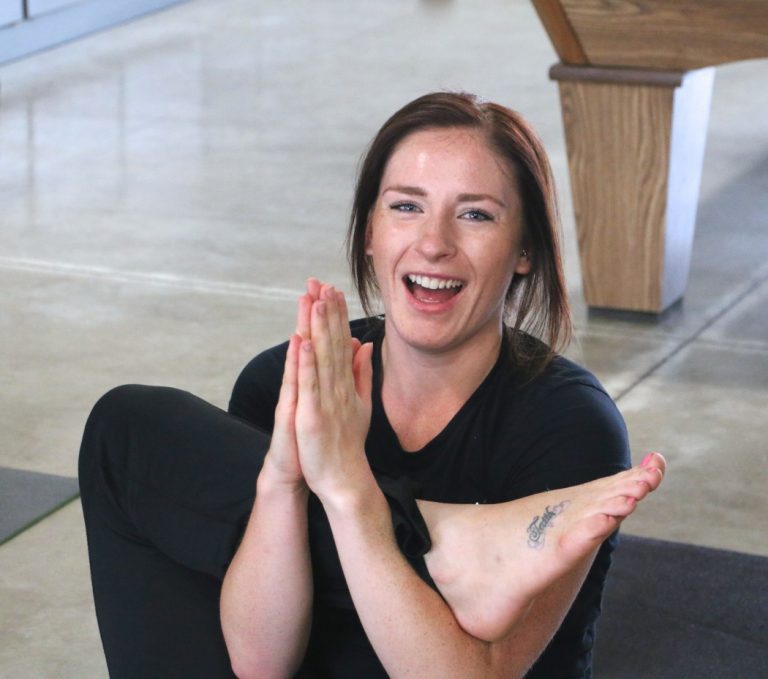1. Decrease amount of time spent on tablets, phones, and watching television
Kids are literally getting addicted to technological devices. When given the opportunity to choose between playing outside, or using a device to play a game or view videos, most children will be drawn towards electronics. For busy parents, it can also be tempting to pacify children with TV or video games in order to have just a shred of peace and quiet. There are skills that can’t be built when a child is glued to a screen, such as maintaining focus during academic instruction or engaging in social interaction. A recent study found that “elementary aged children use on average 7.5 hours per day of entertainment technology, 75 percent of these children have TV’s in their bedrooms, and 50 percent of North American homes have the TV on all day” (Kaiser Foundation, 2010).
When I was a kid, we got booted outside. We played in the woods or back yard, made friends with the neighbors, built forts, caught toads and worms, and watched the clouds form cool shapes. If it was raining, we played board games, read books, played house, or worked on some sort of art project. Creativity, imagination, and the ability to entertain oneself in the absence of technology are skills that are being bred out of the current generation of children. As a result, kids get addicted to technology and throw tantrums when they can’t have it. They get bored in class and act out during traditional classroom instruction.
In order to prevent these behaviors from occurring, the amount of time spent using technological devices should be limited, especially before bed. The blue light that is emitted from screens inhibits the production of melatonin, which is the hormone that helps us maintain a healthy sleep cycle. Melatonin deficiency also affects the amount of serotonin produced in the body, which can result in anxiety, aggression, and depression.
2. L-theanine
Before you jump on the Adderall bandwagon, try L-theanine. L-theanine is derived from green tea, and has a calming effect on the central nervous system. Many children who exhibit repetitive behaviors (often referred to as “stimming”) are attempting to regulate sensory input, and have difficulty focusing on tasks due to feeling unbalanced or uncomfortable in their own skin. L-theanine can also be used to decrease the negative side effects of stimulant medications, such as anxiety, insomnia, and restlessness.
3. GABA
GABA (gamma-Aminobutyric acid) supplements can be taken to help combat daytime fatigue and promote more restorative sleep cycles. GABA is an inhibitory neurotransmitter that occurs naturally in the body, and helps regulate the central nervous system. Some children with ADHD and autism spectrum disorders (Pizzarelli & Cherubini, 2011) have genetic alterations that affect the way GABA is produced and released in the body. GABA deficiencies can result in insomnia, anxiety, and sensory dysregulation. Foods containing potassium can help release GABA naturally, and can provide more restful sleep.
4. Plyometrics
One of the symptoms of autism and sensory integration disorder is the feeling of physical discomfort or restlessness in the limbs. This is why many children with these disabilities engage in repetitive behaviors, such as rocking, hand-flapping, and jumping. Plyometric exercises engage the muscles to exert force in small intervals. Plyometrics can be done anywhere, even sitting at a desk. Below are 3 plyometric exercises that can help decrease sensory discomfort and fidgeting:
1. While sitting at a table or desk, have the child place palms of hands together. Prompt the child to push the hands together as hard as they can, and encourage the child to use muscles in the forearms, biceps, triceps, chest, and shoulders. Do this for 10-15 seconds, and repeat 2-3 times.
2. While sitting on the floor, have the child extend the legs straight out. Ask the child to point the toes as far as possible, and hold for 10 seconds. Next, have the child flex the toes in towards the body as far as possible, and hold for 1o seconds. During both variations, encourage the child to squeeze all of the muscles in the legs. Repeat this sequence 2-3 times.
3. Have the child stand 1-2 feet away from a wall. While facing the wall, have the child reach the arms straight out and place the hands shoulder distance apart on the wall. Instruct the child to bend the elbows while keeping the hands and feet in place. Have the child do 5-10 wall push-ups, and encourage the child to keep the abdomen muscles tight and the legs strong.




